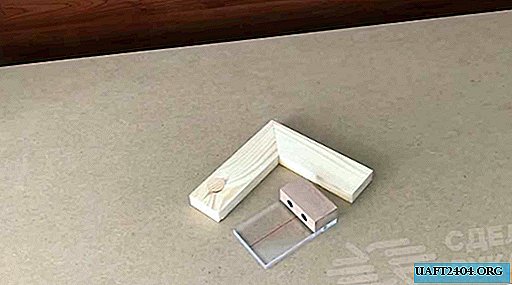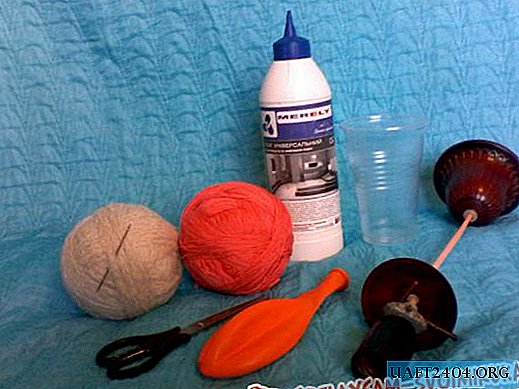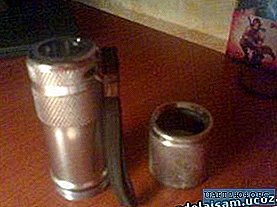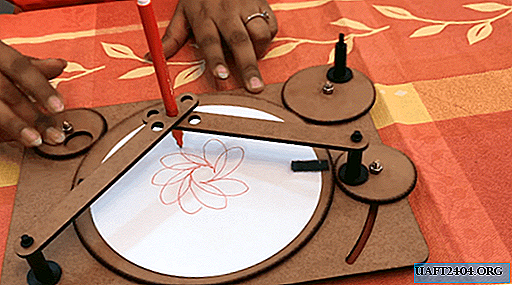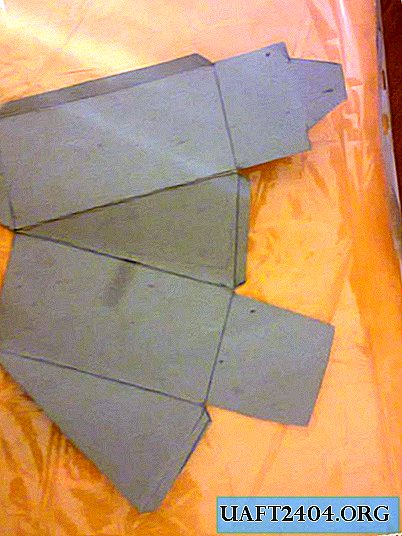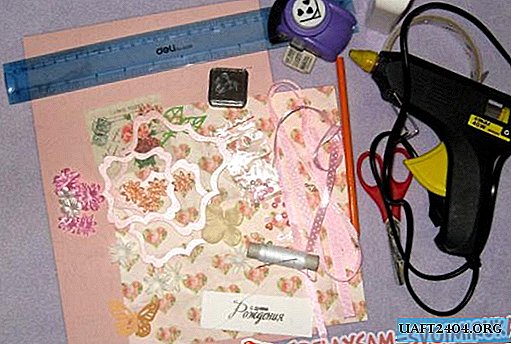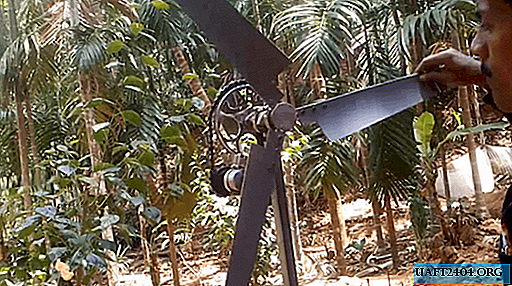Share
Pin
Tweet
Send
Share
Send
Thanks to scientific and technological progress, new materials are appearing that make it possible to significantly save and carry out certain types of work independently. Not so long ago, liquid waterproofing materials appeared on the construction market, which not only protect against moisture and have a very attractive appearance. Moreover, these materials can be used for waterproofing pools, thereby replacing the use of ceramic tiles and significantly saving on work.
The process of waterproofing the pool is as follows:
1) The working area should be carefully treated with sandpaper, preferably in one direction in a circular motion, so that after applying the material the surface is as smooth as possible.
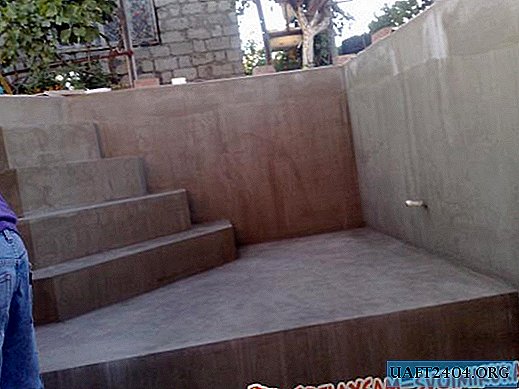
2) Previously, all the plaster (glue) is treated with an acrylic primer of deep penetration for outdoor use with a fly brush. Ideally, if the surface has a gray color, it is desirable to treat it with a white primer, in this case, less product consumption will be required and the pool shade will be brighter, more saturated. Only after the primer has completely dried, can you proceed to the next step.
3) These waterproofing materials are usually white. By adding color, and continuously stirring for 5-7 minutes with a mixer at low speeds (up to 200), you can get absolutely any shade. The main thing to be careful in the dosage process, so as not to overdo it with color. The dosage is three times less than with tinted water-based paints.
4) After this, you can start the application process. To do this, it is better to use the manual method and refuse bulletiners if there is no experience with it, since the layer may not be uniform, which will immediately be evident. A small fly brush can be used for tapping and processing corners, and for applying material to the main surface, a roller, spongy or fleecy, depending on the desired surface structure.




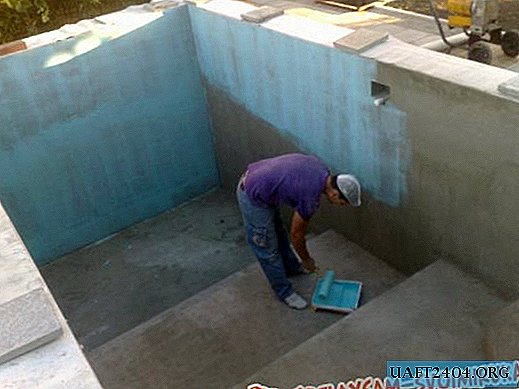
5) In this case, the ambient temperature should not be lower than + 10 C, otherwise the material may peel off and move away from the surface and not higher than + 35 C, since the waterproofing will dry out too quickly and there will remain strips from the roller and brush. Humidity should not be higher than 60%. The number of recommended applied layers varies from 2 or more. Before applying a second coat, a hundred percent drying of the previous one should occur. As a rule, depending on the temperature in the street, complete drying takes place after 20-30 hours.
6) The thickness of each layer, depending on the manufacturer, is usually from 0.5 to 1 mm.
7) The application of the waterproofing material takes place strictly in one direction, either up-down, or left-right, as a result, the surface structure will be more uniform.

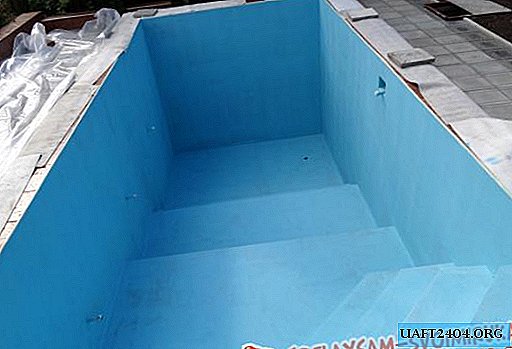

8) If the base of the pool is gray, the number of layers must be more than 2, otherwise the gray color of the plaster (glue) may appear after application. Do not be afraid if after the first layer the surface will not have a very attractive appearance. Subsequent application of the material will hide all pronounced initial defects. And after finishing the application of the final layer, the surface should dry 100%, so before filling the pool with water it should take a couple of days.


As you can see, this process is not so complicated, you can do all the work yourself, the main thing is to carefully tint the waterproofing material, if required by the instructions, prepare the entire tool and do the work carefully, without haste, not forgetting to let each new layer dry after applying it .
Share
Pin
Tweet
Send
Share
Send


